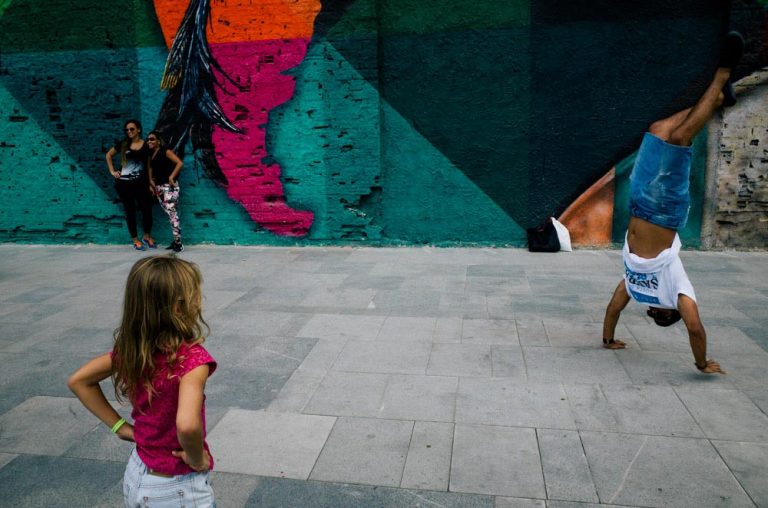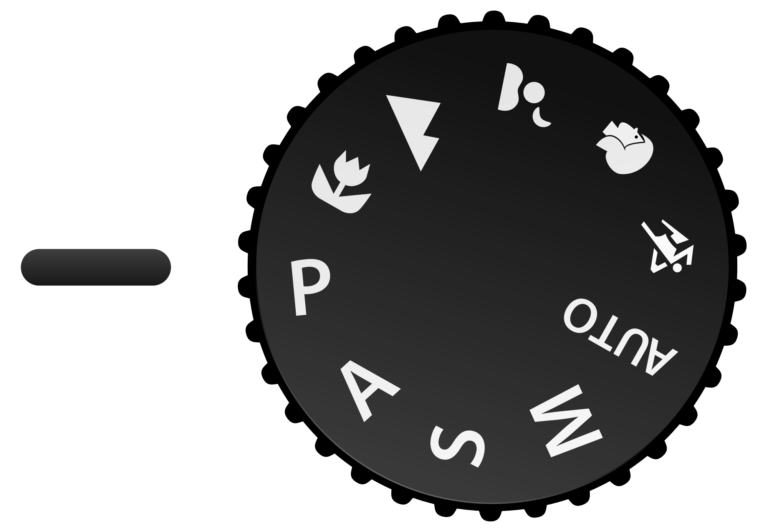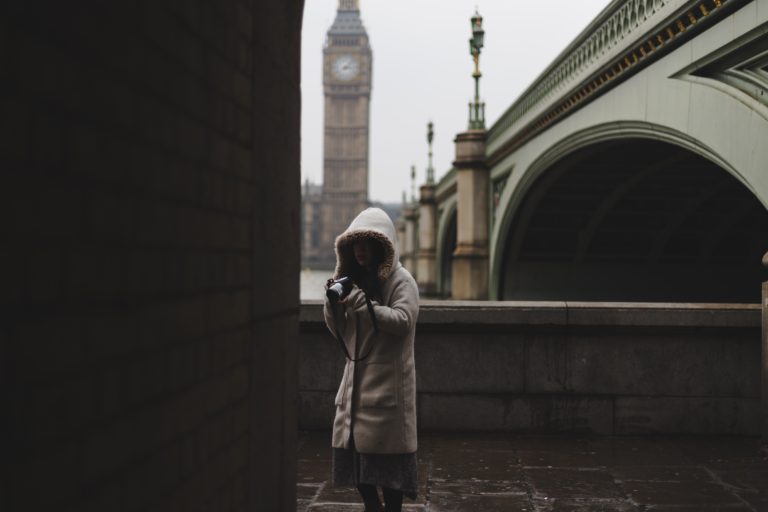Best Aperture for Portraits: Perfecting Depth of Field in Portrait Photography
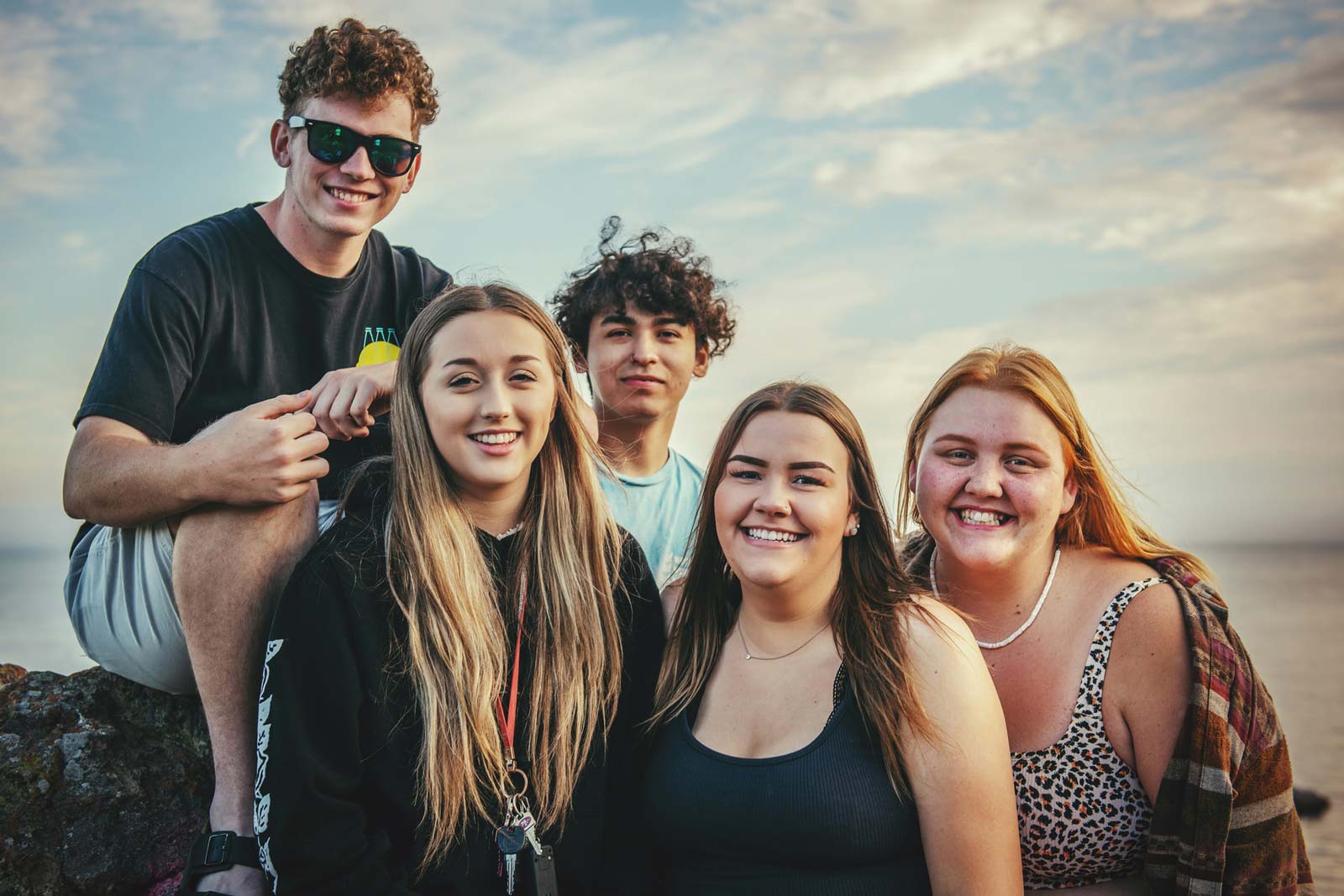
When shooting portraits, whether they’re of friends, family, or clients, it’s important to get the most flattering photographs possible. Using apertures creatively can lead to some impressive shots, but there’s also an art to knowing when to use which settings.
That’s why portrait photographers need to understand the effects of using different apertures; to learn the best aperture for portraits.
Aperture isn’t the only important factor in getting gorgeous results – you also have to consider your ISO, focal length, shutter speed, and even your lens. However, let’s save those topics for another day!
This article will save you the time and effort of going through the trial-and-error process of learning different apertures yourself.
What is Aperture in Photography?
Aperture is a photographic term that describes the size of the opening in the camera lens, which lets light into the camera. The aperture itself refers to this opening as an “aperture hole.”
Aperture is measured in f-stops. The lower the f-stop number, the larger the opening (and therefore, the more light passes into the lens).
Aperture works in tandem with other aspects of the exposure triangle: camera ISO and shutter speed.
What is the Importance of Aperture in Photography?
Aperture is important in photography because it controls the amount of light entering a lens, affecting both the exposure and DOF (depth of field). DOF is the amount of space in a photo that’s in focus.
Increasing the aperture allows more light to pass through (which increases exposure), while decreasing aperture size limits the amount of light that comes in.
Increasing your aperture also makes the DOF deeper in an image. For example, you can stop down (decrease the size of) your aperture so that everything from front to back is in sharp focus. Using a small aperture is frequently done in landscape photography so that the foreground, middle ground, and background are all in focus.
The opposite happens with wider apertures, resulting in a shallow DOF. Shallow depth of field works great for portrait photography because the subject is in focus while potential distractions in the background are blurred.
Remember:
- Wide aperture = less in focus and more background blur
- Small aperture = more in focus
How to Use Aperture Priority in Portrait Photography?
Many modern lenses come with an aperture ring on the lens barrel, allowing you to make these adjustments through hardware while shooting. However, cameras these days can also use their in-built software to make the same changes by using a mode known as Aperture Priority mode.
The ISO and shutter speed of the camera are calculated automatically in aperture priority mode, based on the aperture value that you choose.
To use aperture priority mode –
- Switch the mode selector (a round dial on the top left or top right of the camera’s body) to aperture priority (A or Av) mode.
- Using the camera’s selection buttons, set the aperture. A wide aperture has a smaller number (i.e. f/1.8). A small aperture has a larger number, i.e. f/22. For portraits, you generally want to stay in the range of wide open to f/8.
For this mode, the “A” symbol is used by Nikon and Sony, whereas Canon and Pentax use the “Av” symbol. The symbol will be listed in the camera’s guidebook if you have a camera from a different brand.
Best Aperture for Portrait Photography
With a range of different aperture settings and uses, it’s not always immediately clear which aperture a person should use for portraits. To make selecting the correct aperture a little simpler, we’ve compiled a list of the best apertures for portrait photography.
While there’s no universal best setting due to camera differences, lens quality factors, and photographers’ preferences, the following list will help you identify what f-stops are most appropriate for different scenarios.
The Best Aperture for Family Portraits: f/4

We would recommend starting with f/4. f/4 will give you a decent amount of background blur in most family portrait situations. From there, if you need more background blur, use a wider aperture. You can also stop down to f/5.6 or even to f/8 if you’re doing a large family portrait that requires having more people in focus.
Either way, whichever option you choose will depend largely on what kind of look you’re going for – and you should keep that in mind on a shot-to-shot basis.
The Best Aperture for Indoor Portraits: f/2.8 or Larger

Since indoor portraits tend to be in low light, using an f/2.8 aperture increases your chance of letting enough light in your camera. In addition, as f/2.8 is a very wide opening, it lets more light into the lens and onto the camera sensor, making it possible to use faster shutter speeds, resulting in the ability to get sharper portraits indoors (especially if you can’t use flash).
However, a wide aperture will inevitably result in a deeper depth of field, which can result in blurry focus, especially if you’re shooting multiple people indoors. In that scenario, you need to decrease the aperture (use higher f-stops) and compensate for low light by adjusting other exposure values, increasing light, or using a flash – or a bit of everything.
Try to use a lens with a wide maximum aperture (the size of the opening of a lens) that allows for more light gathering and shallower depth of field.
The Best Aperture for Outdoor Portraits: f/2.8 – f/8

A good starting point for outdoor portraits is f/2.8. By choosing this aperture, you’ll get bokeh/shallow depth of field, but it’s not too big to the point where many cameras will struggle to match it with a fast enough shutter speed. If you’re shooting on a very bright day, it makes it harder to use a wide aperture because of not having a fast enough shutter speed, resulting in overexposed images. Depending on your camera, you may be able to get high enough shutter speeds to shoot your aperture wide open if you have the option of using an electronic shutter.
If you’ve lowered your ISO all the way down and you have your shutter speed as high as it can go, you may need to stop down your aperture. So keep in mind that you can shoot wide open on very bright days in the sun, but you’ll likely need to use an electronic shutter. It’s perfectly fine to stop down to something like f/5.6 in order to get the right exposure. Using a smaller aperture will bring more into focus, so you’ll need to pay better attention to your background to avoid a messy composition.
Additionally, if you want to showcase the background in an outdoor portrait, you can use a small aperture like f/8 to bring more of the scene into focus.
The Best Aperture for Individual Portraits: Wide Open to f/4

Individual portraits look best when shot at a larger aperture, producing a shallower depth of field. For best results, keep your subject between 3 – 6 feet.
A general rule of thumb is to use anything from wide open (something like f/1.4, or the widest your aperture opens) to f/4. The main thing to take into consideration is your desired depth of field. The wider the aperture you use, the more blurred the background.
The Best Aperture for Couple Portraits: ± f/5.6

There are many different opinions on the best aperture for portraits of couples. Some photographers insist on shooting everything wide open. Others think that an f-stop such as f/8 or f/11 is ideal for photographing portraits to guarantee that everyone in the photo is in focus.
I like to shoot at f/5.6 because you still get a nice blurred background, but you don’t have problems getting both people in the frame in focus.
However, there’s no one-size-fits-all rule here. Instead, you should feel free to experiment with different aperture sizes to find your style.
The Best Aperture for Small Group Portraits: f/4
Some photographers prefer f/2.8 for small group shots, and that’s usually fine, but it’s probably best to avoid going wider than that. Others likely shoot group portraits at f/8 to ensure that everything is in focus. But, again, it depends on what you’re trying to achieve with your composition/background and how much depth of field you want.
Since you want all subjects to be in-focus in portraits with the background blurred, you can get away with doing that at f/4 or so.
The Best Aperture for Large Group Portraits: ± f/8

Large group portraits require a smaller aperture because you have multiple people at slightly different distances to your camera. So, for example, if you photographed a large group of people wide open with a lens with an f/1.2 maximum aperture, it’s likely that some of the subjects will be in focus while others are out-of-focus.
If you want to ensure that everyone is in focus for large group portraits, it’s a good idea to shoot at something like f/8 so that you have more margin for error. You can shoot wider, but just know that you’ll have to be more mindful to zoom in on your shots to check focus.
The Best Aperture for Close-up Portraits

Your results for close-up portraits will really depend on the aperture you use.
If you shoot close-up portraits at your lens’ widest aperture, parts of your subject will likely not be in focus. Shallow depth of field can be used in very compelling and creative ways. For instance, you can focus on a subject’s eye and then have the rest of their face or maybe their ears be out-of-focus.
If you want your subject’s entire face to be in focus, you’ll probably need to stop your lens down to f/8 or even smaller. The reason is that the closer you are to your subject, the less depth of field you’ll have.
The Best Aperture for Full-Body Portraits
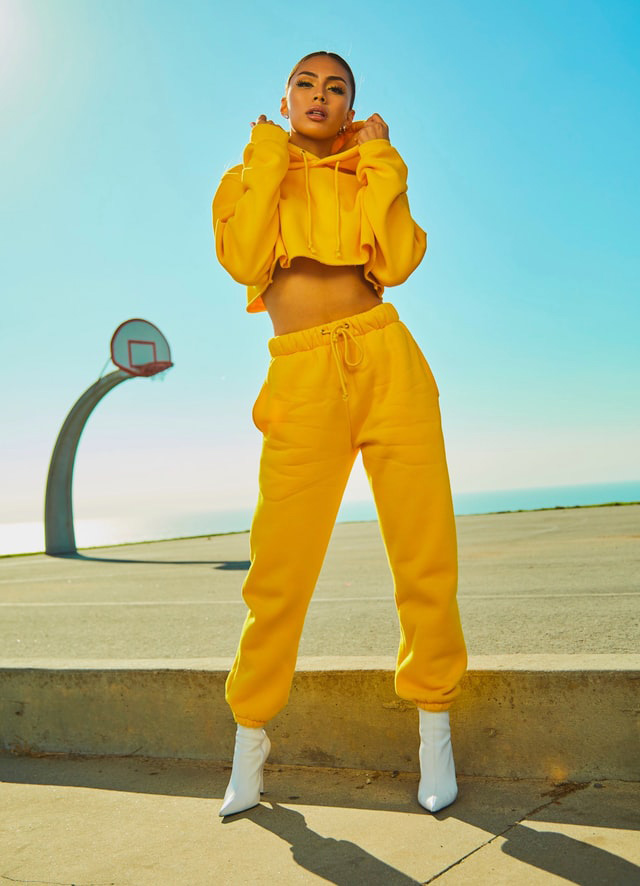
Full-body portraits are interesting because you have to be quite a bit further away from the subject compared to headshots or half-body photos. Because you’re photographing from further away, more of the subject will be in focus, even when using larger apertures.
If you’re in a small studio or any scenario where your subject is in front of a wall or distracting background, try shooting wide open and check focus to see if your subject is in focus. If you want more of your subject in focus but still want a blurry background, you can try stopping down to f/4 – f/5.6. If you want to bring the subject and background into focus, you can try stopping down to f/8 – f/11.
These are some guidelines, but the best aperture for full-body portraits really depends on the results you want and the environment you’re shooting in.
Final Thoughts
Now you know the best aperture for portrait photography! And like we mentioned at the start of this article, there really isn’t a one-size-fits-all answer to this question. The ideal f-stop will always depend on how you want your image to look, as well as what lens you’re using and the distance between you and your subject.
Once you know the effects of increasing and decreasing the size of your aperture, things become a lot easier. Then it’s really up to you and your creativity as to when and what apertures to use.
Start shooting with an aperture and focal length combination that inspires you, and work from there. You just might discover your signature style as a portrait photographer. And, of course, you can still use this article as your go-to guide!


